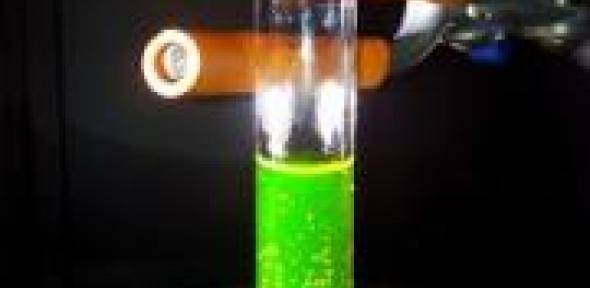
Friday, August 24, 2012
Reisner group discovers that a homogeneous cobalt catalyst evolves H2 electro- and photocatalytically under industrially relevant conditions: at room temperature, in pH-neutral water and in the presence of atmospheric O2.
A major problem that scientists face in the quest for renewable H2 is finding an efficient and inexpensive catalyst that can function under real-world conditions. Very little progress was made so far with homogeneous catalyst systems that work in water and atmospheric O2. However, Fezile Lakadamyali, Masaru Kato, Nicoleta Muresan and Erwin Reisner addressed this challenge and they have now produced H2 from water using an inexpensive catalyst under such industrially relevant conditions. Erwin said: “A H2 evolution catalyst which is active under elevated O2 levels is crucial if we are to develop an industrial water splitting process – a chemical reaction that separates the two elements which make up water. Our research has shown that inexpensive materials such as cobalt are suitable to fulfil this challenging requirement. Of course, many hurdles such as the rather poor stability of the catalyst remain to be addressed, but our finding provides a first step to produce ‘green hydrogen’ under relevant conditions."
